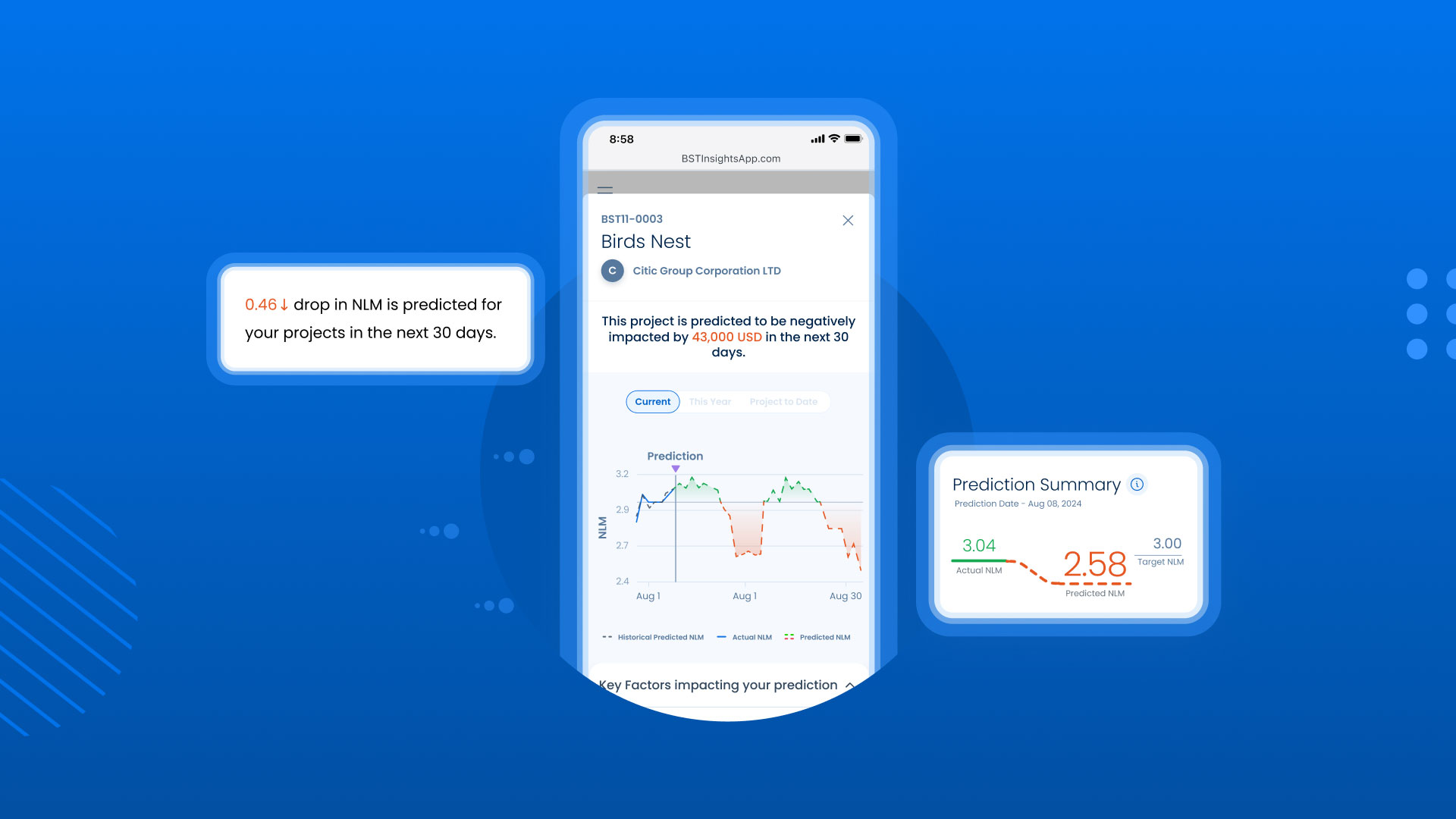
Cash basis and accrual basis are two different methods of accounting. Each method tells a different story about revenue, but neither method gives the whole story – that's where the work in progress (WIP) method comes in.
It’s an important question: which accounting method is most effective at providing insight into your firm’s revenue? Some say accrual basis accounting is more effective than cash basis accounting.
But many times, if architecture, engineering and consulting (AEC) firms only leverage accrual basis accounting, they miss out on an even deeper level of insight into revenue that can only be achieved with the accrual-based WIP method.
While each method provides a snapshot of your AEC firm’s income, the WIP method provides the most accurate representation. The impact of this? Your team is able to get a clearer picture of your firm’s revenue journey.
Before we dive into how WIP gives the level of revenue insight your AEC firms needs to be successful, let’s review the more commonly used cash and accrual basis accounting methods first.
Cash Basis Accounting
A critical objective for any profitable business is to monitor cash flow. So, in the cash basis method of accounting, income is booked when money is received, and expenses are booked when money is paid. In other words, items are booked when money changes hands. While this represents your firm’s revenue value extremely accurate, the story it tells can be misleading.
If a large sum of revenue is received and recorded before bills are paid, your firm may falsely appear more profitable, as assets will be greater than liabilities. Of course, the reverse is also true. If a firm pays for expenses prior to receiving the money and recording this revenue, it can make a company look like it’s headed in the wrong direction. In this case, your balance sheet would show the value of your firm’s liabilities as greater than the value of its assets.
Accrual Basis Accounting
While cash basis accounting represents the actual movement of cash, accrual basis allows for the prediction of revenue. With this method, if an invoice is received for completed services (expenses), or a bill is submitted to a customer (revenue), both are booked at that point to predict future revenue and expenses. So, while items are booked when money changes hands with cash basis, items are booked when an invoice passes hands with accrual basis.
This prediction allows you to see the cash flow that’s already in motion once an invoice is sent — but what if you could predict revenue even before invoices are sent to the client? That would be the holy grail of data analysis. And yes, it’s possible … if your enterprise resource planning (ERP) software can calculate WIP.
Work in Progress
What is WIP? Accrual-based WIP is the value of work completed, but not yet billed. Since there are parameters that determine the contractual amount that you can bill, what if you used those parameters to figure out the value of work before you billed it?
This additional layer of accrual allows you to book the revenue that comes from work completed in the month it occurred. By booking revenue at this point in time, it provides the truest picture of your firm’s forecasted income. Let’s explore this concept a little further.
Since the accrual method means you book expenses when your firm receives an invoice or timesheet, you have a clear picture of your cost for a given month. No matter which accrual method you choose (accrual basis or accrual-based WIP), your expenses will always be booked in the month they occurred — this will not change. But with WIP, you have an additional option for booking revenue: Your AEC firm can now book revenue in the month work was completed.
We know it takes money to make money, so booking your revenue in the same month that you booked your expenses gives the truest picture of your firm’s financial standing. But by taking it a step further with the WIP method, the WIP value on your financial reports will show the value of work before you bill it in the future.
So, how is this added benefit helpful to your AEC firm?
The Revenue Story With WIP
In a scenario where WIP is not used and expenses are booked in a given month yet billed months later, your picture of expenses versus revenue is skewed. The month of the expenses would appear with no offset of revenue, and when the invoice is sent, the revenue would appear with no offset of expenses. Because these values were booked in two separate time periods, it would be challenging to make the connection of how much expense it took to earn the amount invoiced.
However, if the WIP method were used, you could accurately depict the revenue earned in the same month the expenses were booked. Since this value is booked as WIP, it's recognized as your future billing amount.
Are you starting to see the extra layer of analysis your firm would receive?
Because WIP is a statement of what you expect to bill in the future, when an invoice is sent, that value is offset from the WIP account. By booking that value as WIP, you are now able to evaluate how long it took from completing the work to billing it. That same principle applies when cash is received. Noting the date of the invoice, and the date that cash was received, it shows how long it took for a client to make a payment. Thus, WIP gives you a complete timeline from work completed to billing, and from billing to cash collected.
Here’s another way to look at it: Say your team completed work in January. According to the WIP method, you would book that work in January. Then, if you were to review your firm’s WIP balance (reminder: this is work you’ve completed, but are waiting to bill) in March and saw there was a balance for WIP that was booked in January, this would immediately alert you that the work completed in January had not been invoiced yet as of March.
Your firm can now proactively review WIP and give attention to projects that have fallen behind in invoicing, thus positively impacting your firm’s cash flow.
Conclusion
While your AEC firm can choose to use any of the three accounting methods, it’s important to understand the added benefit of WIP in its ability to enable your firm to proactively analyze and maximize its profits.
By incorporating WIP into your accounting practices, communication between your Finance and Project Management teams opens up about the time lapse between work completed and work billed. This dialogue allows the project team to join in the ownership of a healthy cash flow and also aids in the dialogue with your clients as you manage the time from billing to payment.
Want to learn other important AEC industry terms? We’ve created a glossary packed with 150 terms that covers the entire project lifecycle, all in the context of an ERP solution. Get your own free copy of The Ultimate ERP Glossary for AEC Firms by using the link below!



